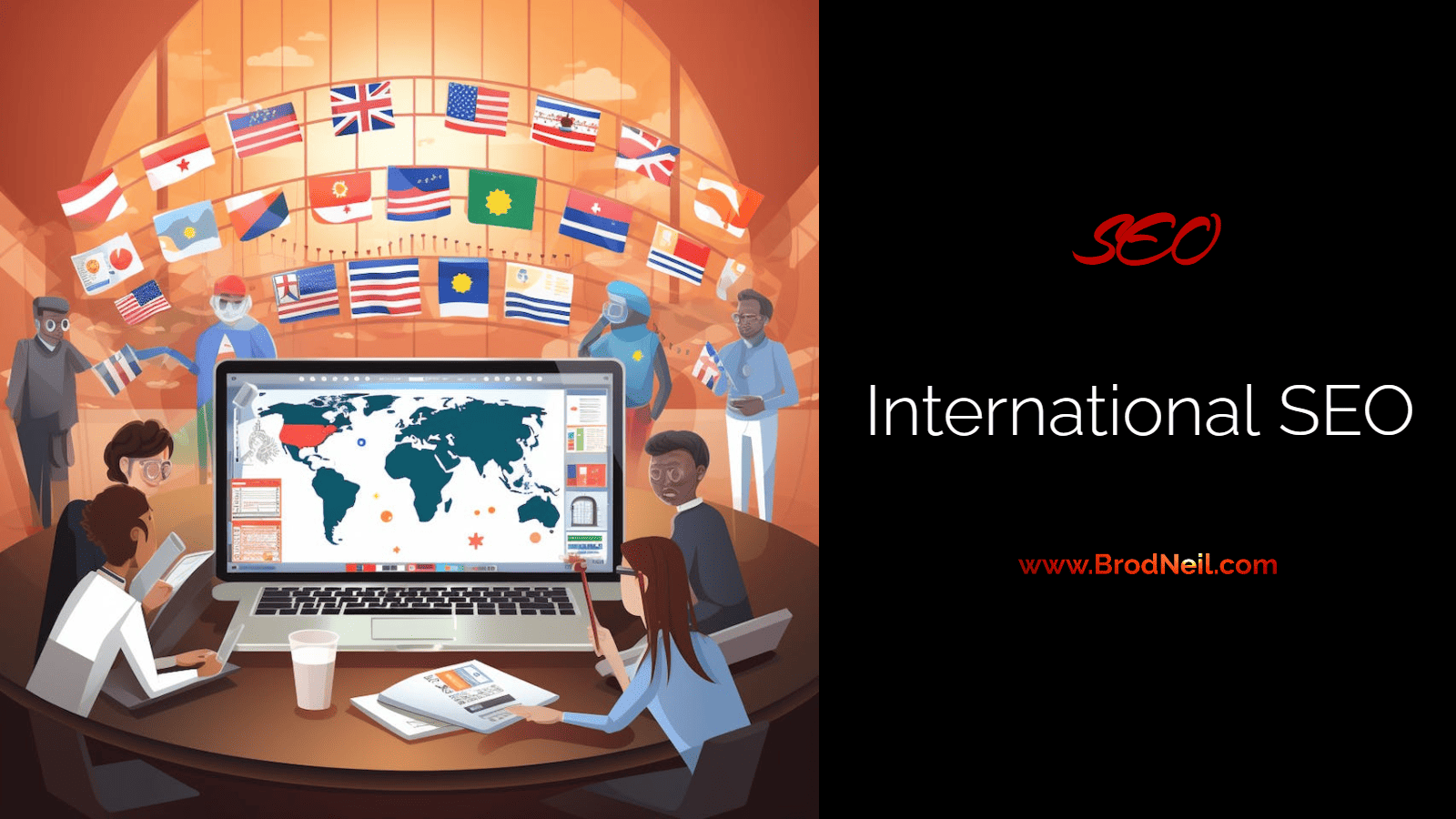In the interconnected world where geographical boundaries hold little sway over the Internet, businesses are increasingly expanding their reach beyond domestic markets. In this pursuit, the significance of International SEO (Search Engine Optimization) cannot be overstated. However, entering the realm of global online visibility requires a nuanced approach that differs from traditional SEO strategies. This blog will delve into the key disparities in International SEO and offer insights into effective strategies for success in this dynamic arena.
Grasping the Global Dynamics
International SEO entails optimizing a website to secure positive rankings in Search Engine Results Pages (SERPs) across various countries and languages. Although the foundational principles of SEO persist, customizing your website for global audiences presents unique challenges that demand specialized solutions.
In the dynamic landscape of International SEO, incorporating expertise from Click Intelligence can enhance your strategy, ensuring a comprehensive approach to global online visibility and ranking success.
Cultural Awareness and Localization:
- Cultural nuances play a pivotal role in international SEO. Understanding the preferences and behaviors of diverse target audiences is essential.
- Localization extends beyond mere translation, adjusting content to harmonize with the cultural and linguistic preferences specific to particular markets.
Multilingual Keyword Research:
- Keywords vary across languages and regions. Conducting comprehensive multilingual keyword research is crucial to identify terms that resonate with your international audience.
- Utilize tools like Google Keyword Planner, SEMrush, and Ahrefs to gain insights into keyword trends and competition in different regions.
Hreflang Tags for Global Reach
Incorporating hreflang tags is essential for signaling to search engines the language and regional focus of your content. This guarantees that users are directed to the most pertinent version of your website according to their location and language preferences.
ccTLDs vs. Subdirectories/Subdomains
Choosing between ccTLDs (e.g., .uk, .de) and subdirectories/subdomains (e.g., /uk, uk.example.com) depends on business goals and resources. While ccTLDs are often recommended for geo-targeting, subdirectories/subdomains offer a centralized approach with potential cost savings.
Strategies for Progress in International SEO
Holistic Website Internationalization
Ensure your website is adaptable to different languages and regions with a responsive design, offering a seamless user experience globally.
Cultivate Local Backlinks
Strengthen your website’s authority in specific regions by acquiring backlinks from reputable local sources. Engage with influencers and industry leaders within each target market to build local credibility.
Global-Centric Content Creation
Develop content that appeals to a diverse audience while respecting local sensibilities. Craft evergreen content that transcends cultural barriers and remains relevant across diverse markets.
Vigilant Performance Monitoring and Analytics
Regularly monitor international SEO performance using analytics tools. Track key metrics such as organic traffic, conversion rates, and bounce rates to identify areas for improvement and refine your strategy.
Stay Informed on Algorithm Updates
Search engine algorithms exhibit dynamism and undergo regular updates. Keep informed about these changes, especially those influencing international search outcomes, and adapt your strategy accordingly.
In conclusion, success in the realm of International SEO demands a strategic and adaptable approach. By embracing cultural awareness, implementing effective technical strategies, and staying attuned to the global digital landscape, businesses can unlock the vast potential of international markets. In this interconnected digital era, international SEO is not merely an option but a requisite for those aiming to scale new heights on the global stage.

